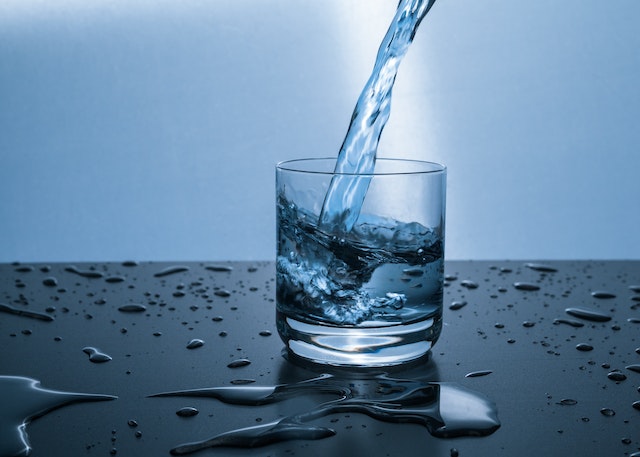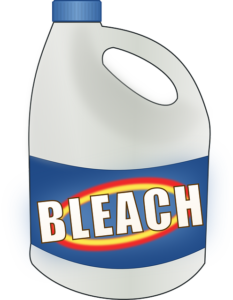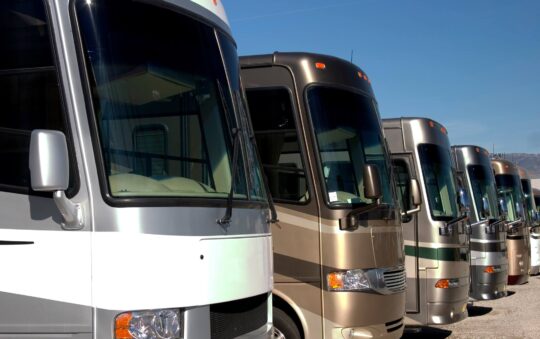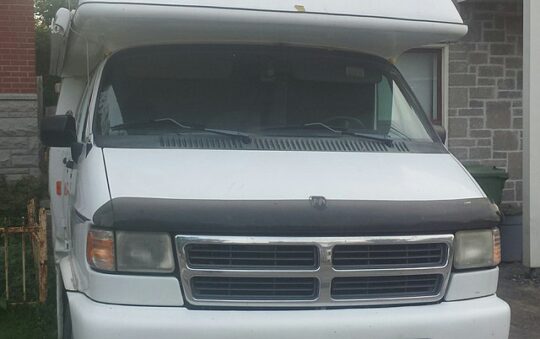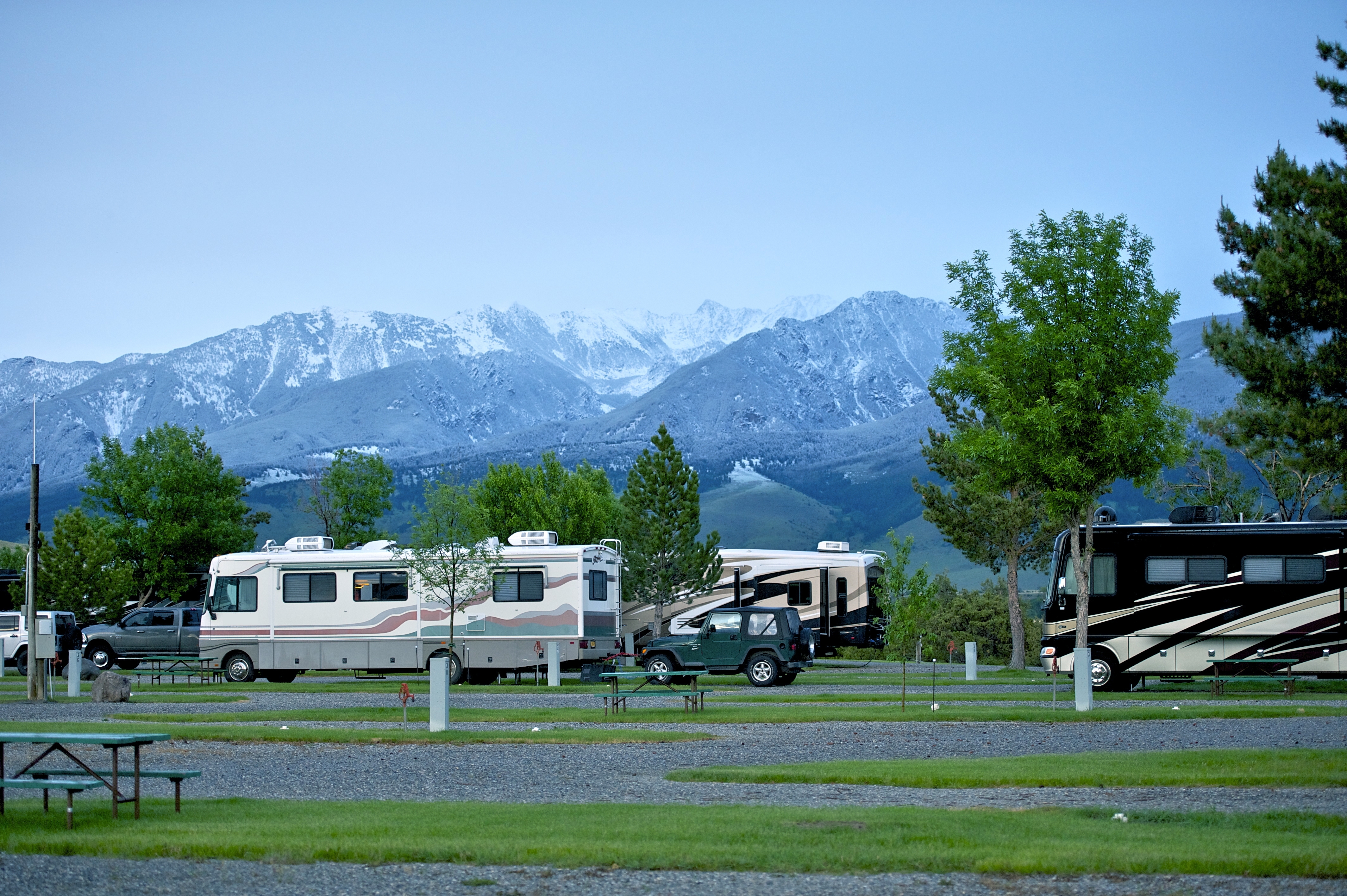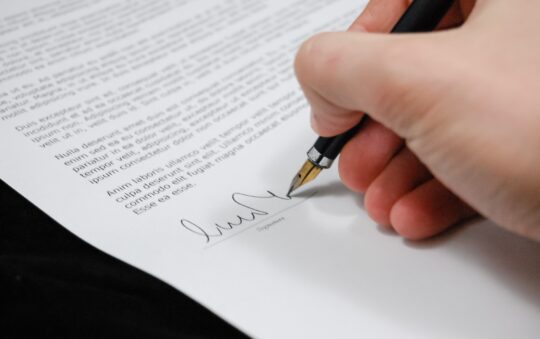Why Cleaning RV Water Lines is Important
Having a clean water system in your RV is essential for both comfort and safety. Regularly cleaning out RV water lines will help ensure that the hoses are free of dirt, debris, bacteria, and odors which can lead to possible health issues. Cleaning also helps prevent clogs caused by sediment buildup in the pipes which can affect flow rates and cause damage to appliances connected to them. Knowing how often you should clean your RV’s water tank is key to maintaining a healthy and efficient system.
Think about your RV water lines at least every 6 months
Generally, it’s recommended to clean your RV water lines every six months. This will help keep the system running smoothly and reduce the chances of build-up in lines and associated pipes. Before you get started on cleaning your RV water tank, make sure to turn off all line valves leading into or out of the tank. Regular cleaning will also help make sure that appliances connected to the water line are running properly and efficiently. Many factors can affect the amount of time between cleanings such as how often you use your RV, what type of environment or terrain it’s used in, and how well you maintain it.
Using RV more frequently? Check your lines more often
If you’re using your RV frequently, it may be beneficial to clean out the water lines every three months instead. This will ensure that any buildup is cleared out before it has a chance to cause any damage. Additionally, if you’re using your RV in an environment with higher levels of sediment or contaminants (such as beach or riverfront camping), then more frequent cleaning may be necessary. If you notice any signs that there may be an issue with your system, like a decrease in water pressure, discolored or bad-tasting water, or foul odors, it’s a good idea to check your water lines and think about the last time they were cleaned.
Identify and service low-point drains
When cleaning RV water lines, it is important to locate the low points in the system and drain any water in the lines. It may also be a good idea to blow lines out with an air compressor, which may also remove sediment buildup. You can usually find your low point under the RV near the sides – there will be a hose coming from the bottom of your unit and it may have a valve attached to it. Once identified, you can also use a tool designed for flushing dirt and gunk from RV water systems to thoroughly clean out these low points. Doing this regularly will help keep your system running efficiently and reduce potential blockages caused by built-up sediment over time.
Steps for Cleaning RV Water Lines

When cleaning RV water lines, it’s important to follow all safety guidelines such as wearing protective gear including gloves and glasses when dealing with chemicals, thoroughly draining all tanks before adding any solution, and ensuring that all valves are off before starting work on them. Cleaning the water lines in an RV isn’t a difficult task, but it does require some time and effort. Before you begin, make sure to turn off your water pump and disconnect any hoses so that there is no pressure on the lines.
Bleach and a Bucket
Utilizing bleach is an important step in ensuring that the water system is free of bacteria, debris, and odors. Bleach can be used to sanitize the lines which will help keep your drinking water safe and tasting fresh. Below are some steps to help you properly clean your RV’s water lines with bleach.
The ratio of bleach to water
For optimal results, use a chlorine-based solution for cleaning as it has been proven to effectively kill germs, bacteria, and other contaminants found in water systems. To create a solution for cleaning your RV’s water lines with chlorine bleach, mix one cup of liquid chlorine bleach for every 15 gallons of fresh water in a separate container – never add bleach directly to the tank.
Chlorine resting period
Once you have created the solution, start by running regular tap water through them again to flush out any remaining debris or sediment. Once all sediment has been removed, fill up your freshwater tank with the chlorine solution and let it sit for at least 20 minutes before draining it. Some sources recommend up to a 24-hour resting period in the tank before flushing. This will help ensure that all bacteria are killed off and any unpleasant odors are eliminated.
Rinse – and rinse again
After you have drained out the chlorine solution, rinse out all of your tanks several times using plain tap water until there is no longer a strong bleach odor present. Finally, flush one more time using plain tap water and run some through each appliance to prevent damage due to residual chlorine within them – this should take about 10-15 minutes depending on how many appliances are connected to your RV’s water system. Once complete, reconnect all hoses and valves back into place so that you can start enjoying clean fresh-tasting drinking water again!
Don’t forget to change your water filters when cleaning RV water lines
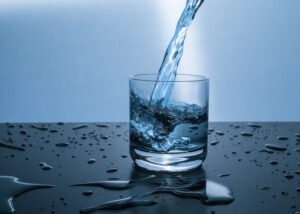
Replacing water filters after cleaning RV water lines is very important for the health and safety of those who use the RV. Water filters help to remove contaminants, particles, and other unhealthy substances from the drinking water that comes through the lines. This can help prevent illness from bacteria or chemicals in the water, as well as improve the taste and smell of drinking water. You will also need to check if your refrigerator water filters if equipped.
Related: RV Mistakes to Avoid at all costs
Frequent Questions about Cleaning RV Water Lines
If I use more bleach than recommended, will it speed up the process?
Using more bleach will not necessarily take less time, as it needs to be in contact with the lines for a certain period to effectively kill all germs and bacteria present. As mentioned earlier int he article, the recommended ratio of chlorine bleach to water is 1 cup per 15 gallons. Trying to use more than that may end up being a waste of bleach and won’t reduce cleaning time. It’s also important to rinse thoroughly with plain tap water after using bleach, as residual chlorine can damage plumbing or appliances if not removed. Additionally, replacing your water filter regularly is also key for clean-tasting drinking water.
What about adding just bleach to my holding tank?
Adding straight bleach to your holding tank is not recommended as it could potentially damage its plastic components, as well as create a harmful disinfection by-product known as Trihalomethanes (THMs). To avoid any potential damage and stay safe, it is best to mix the bleach with water in a separate container before adding it to your tank. This will help ensure that the proper amount of chlorine is dispersed throughout the system while reducing concentrations of THMs in the process. It’s also important to ensure that all parts are flushed thoroughly with plain tap water after cleaning so that no residual chlorine remains present.
Do I need to use bleach for cleaning RV water lines? Isn’t that dangerous?
Bleach is an effective way to clean out your RV water lines and ensure that the drinking water is free of bacteria, contaminants, and other unhealthy substances. Although it’s strong enough to do the job, its effectiveness can be increased by diluting it in a solution with regular tap water before use. You should also make sure that all parts are rinsed thoroughly with plain tap water after using bleach to not leave any traces behind. Additionally, replacing your water filters regularly will help keep harmful substances from entering the drinking water system. While bleach can be dangerous if handled incorrectly or ingested in large amounts, following the instructions carefully and using common sense when handling it should help minimize any risks involved. However, you could also try using vinegar or baking soda for cleaning your RV’s tanks instead of chlorine bleach if preferred; just make sure to rinse them out very well afterward!
The key takeaways
Cleaning your RV water lines is an important task that should be done regularly to ensure the health and safety of those who use them. By following these simple steps, you can clean out your system with a chlorine-based solution in no time. Additionally, don’t forget to replace any filters after cleaning as this will help keep contaminants from entering back into the drinking water supply. With consistent maintenance, you can enjoy fresh-tasting water every time while on the go!
Do you have a tip to make cleaning RV water lines easier or a better method? Leave a comment below!
